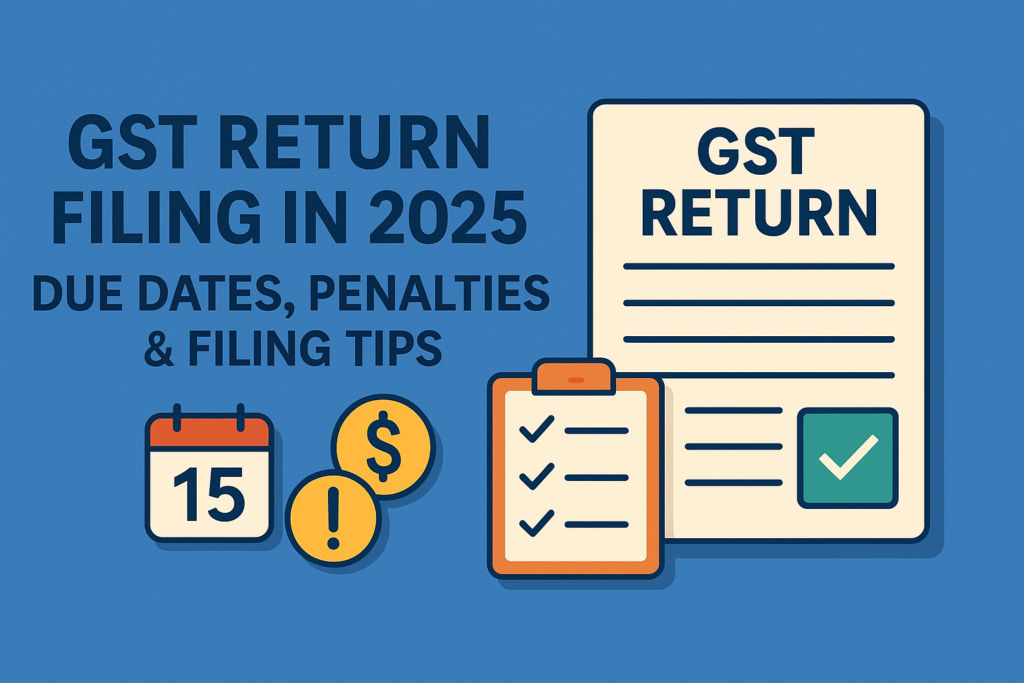Introduction
A tax audit engagement letter is a crucial document that sets the groundwork for a successful audit. This formal agreement between the auditor and the client specifies the audit’s scope, responsibilities, and expectations, ensuring clarity and efficiency throughout the process. In this guide, we will explore how to craft an effective tax audit engagement letter, covering essential elements and practical tips for success.
1. Defining the Scope of the Audit
Start by clearly outlining the audit’s scope. Specify which financial statements, tax periods, and particular focus areas will be examined. For example, the letter might detail an emphasis on compliance with tax regulations or an assessment of internal control systems. Defining the scope helps both parties understand what is included in the audit, reducing the risk of misunderstandings.
2. Outlining Responsibilities
Detail the responsibilities of both the auditor and the client. The auditor should perform the audit according to established standards, while the client must provide accurate financial records and necessary documentation. This section clarifies what each party needs to do, helping to ensure accountability and a smooth audit process.
3. Setting the Timeline and Deliverables
Include a timeline for the audit, specifying key milestones such as start and end dates, interim review periods, and deadlines for deliverables. Also, outline what deliverables are expected, such as audit reports and management letters. A clear timeline and deliverables section helps manage expectations and keeps the audit on track.
4. Specifying Fees and Payment Terms
Transparency in fees and payment terms is essential. The engagement letter should detail the cost structure, whether based on hourly rates or a fixed fee, and include payment schedules. Clear information on fees and payment terms helps avoid disputes and ensures both parties are aware of financial arrangements.
5. Addressing Confidentiality and Data Security
Incorporate clauses related to confidentiality and data security. Ensure that the auditor commits to protecting sensitive financial information and using it solely for audit purposes. This builds trust and complies with privacy regulations, ensuring that client data is handled securely.
6. Describing the Audit Process
Provide an overview of the audit process, including key phases like planning, fieldwork, and reporting. This helps clients understand what to expect at each stage of the audit and contributes to a well-organized process. A clear description of the process sets the stage for a smooth and effective audit.
7. Including Termination and Dispute Resolution Clauses
Finally, include terms for terminating the engagement and resolving disputes. Specify conditions under which either party can end the engagement and outline procedures for handling disagreements. Clear termination and dispute resolution terms help manage potential issues and ensure both parties are prepared for any conflicts that might arise.
Conclusion
A well-drafted tax audit engagement letter is fundamental to a successful audit. By clearly defining the audit scope, responsibilities, timeline, fees, and other key elements, you ensure a transparent and efficient process. For help with drafting or reviewing your tax audit engagement letter, reach out to our experts today.




